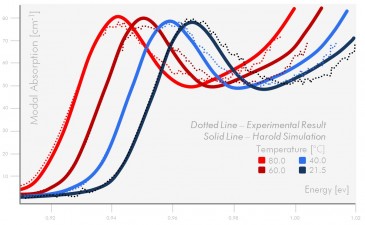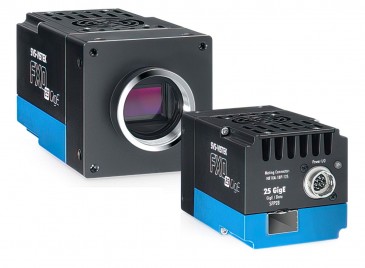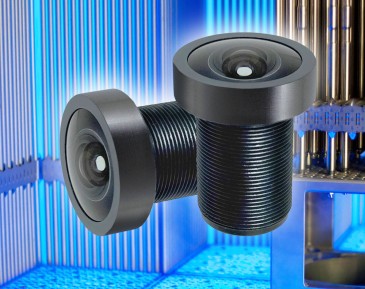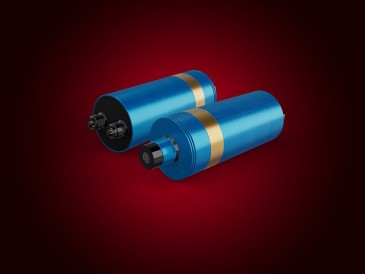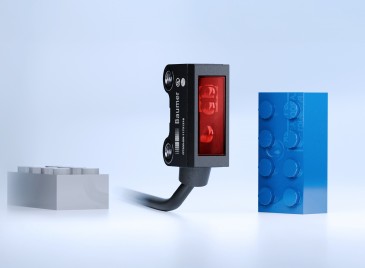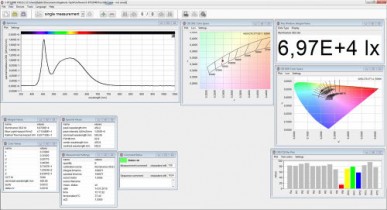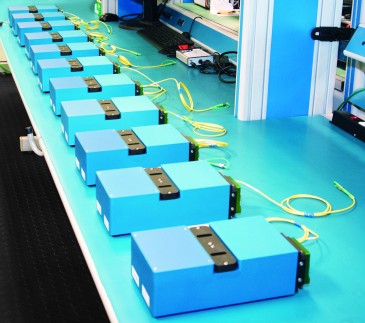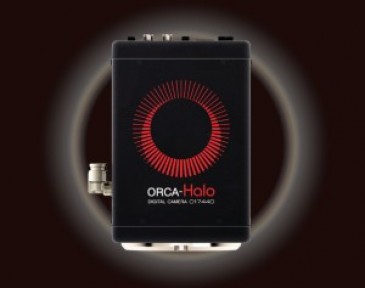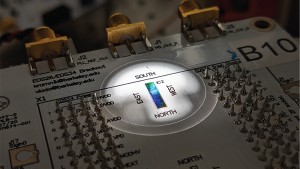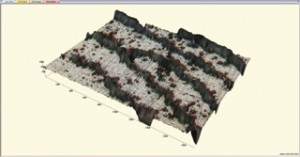
Scientists at the University of Leicester in the UK have developed a new way to detect and visualise fingerprints using colour-changing fluorescent films. Combined with traditional enhancement approaches, the electrochromic polymer deposition method could significantly improve identifications from latent fingerprints at crime scenes.
Until now, visualising latent fingerprints was challenging for forensic investigators, as traditional enhancement techniques using a coloured powder are very vulnerable to ageing, environmental exposure and wiping of the fingerprints. The new method, however, is highly sensitive to even minute amounts of residue and exploits electrically insulating characteristics of fingerprints. Latent fingerprints are visualised through spatially selective electrodeposition of polymer (here, poly-3,4-ethylenedioxythiophene, or PEDOT) thin films on metallic surfaces.
The “hills” of the fingerprint residue act as an electrically insulating template or “mask” that directs electrochemically driven polymer deposition onto the bare metal surfaces (the “valleys”). This generates a negative image of the fingerprint — the “valleys” are coloured (the polymer) and the “hills“ are colourless (the fingerprint residue). The scientists then immerse the object in an electrolyte and vary the applied voltage as a means to adjust the colour and darkness of the polymer to optimise optical contrast.
The new fluorescent fingerprinting technique is designed to add an emission dimension to the process. “For reasons of the chemistry at a molecular level, it is not possible to polymerise our chosen materials pre-functionalised with the fluorescent agent,” explains A. Robert Hillman, a professor of physical chemistry at Leicester. “We therefore deposit a polymer that contains functional groups we can hydrolyze off the surface, to leave a nanoporous film, into which we can diffuse the fluorescent agent.” According to the expert, his research work represents the first time this combination of an electrochromic polymer and fluorescence has been used in that way.
Hillman stresses that beyond the basic electrochromic technique, which is in itself novel and sensitive, the fluorescence enhancement promises three advantages: higher sensitivity (since fluorescence detection is very sensitive), a wider range of wavelengths for detection (visually, increased colour palette) and the possibility of visualising samples for which the amount of residue is very low, so one can only deposit very small amounts of polymer without losing spatial veracity of the image.
Notwithstanding that his team has not explored this so far, Hillman agrees that it is “quite possible” the technique of using colour-changing fluorescent films could become useful in applications other than criminal fingerprints investigation. And although they have only tested this new method on laboratory-sourced fingerprints, the scientists are making an effort to optimise the fluorophore immobilisation chemistry on surfaces typical of those that might be relevant to fingerprints.
In fact, according to Hillman, optimising the method to accommodate for real-life influences on fingerprints will involve a systematic survey of fingerprints from different donors, where the fingerprinted surfaces are aged for different intervals of time (typically from a day to a month) under different conditions (water, heat, solvents, etc.) “The interesting outcome is how the new methodology compares to existing ones. One would expect most methods to work for the less challenging situations (new fingerprints, not exposed to harsh environments), but as the level of challenge is increased, different techniques come to the fore under different circumstances,” the professor says in conclusion.
Image: A 3D optical microscope image of part of a fingerprint. It shows the fingerprint ridges (as light areas) and the deposited polymer (as dark areas). The dark “dots” in the light areas are the gaps left by sweat pores that have been filled by polymer; this is so-called third-level detail. The main point to note is a ridge that starts are the bottom right and runs diagonally up and to the left, terminating as a “ridge ending” (an example of second-level detail, that might be used as part of an identification) in the centre of the image. University of Leicester
Written by Sandra Henderson, Research Editor, Novus Light Technologies Today























 Back to Features
Back to Features